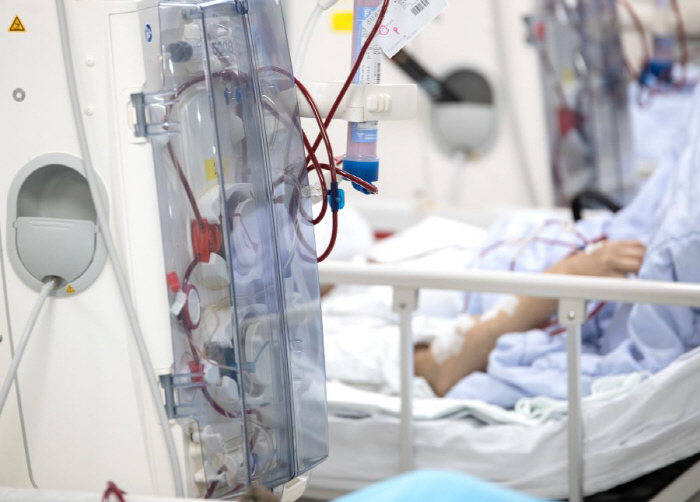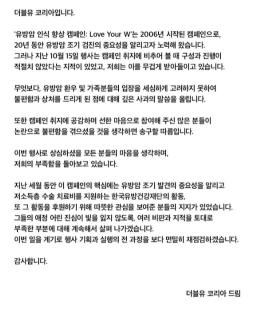Half of the causes of end-stage kidney disease are diabetes...You have to get tested at least once a year
May 07, 2025
|
The kidney is an important organ that filters waste products in the blood and plays a role in blood pressure control and hormone secretion. If such kidney damage persists for more than 3 months, it is diagnosed as chronic kidney disease. The problem is that early detection is difficult because there are few self-awareness symptoms in the early stages. Therefore, it is necessary for diabetics to check their kidney status through albuminuria test and glomerular filtration rate (GFR) test at least once a year.
Albumin is one of the major proteins that make up our body, and under normal conditions, more than a certain amount is not detected in urine. In healthy adults, the amount of albumin released by urine per day is normal to be less than 30mg. However, when the kidneys are damaged, a 'albuminuria' phenomenon occurs in which large amounts of albumin are detected in the urine.
On the other hand, there are about 1 million glomeruli in one kidney, which are the main structures that filter waste products in the blood and consist of capillaries that are bound together like threads. The amount of blood filtered through this glomerulus for one minute is called the glomerular filtration rate, which can be estimated by creatinine levels through blood tests. The normal glomerular filtration rate is about 90 to 120 ml per minute, and based on these figures, kidney function is divided from stage 1 to stage 5. In particular, it is difficult to sustain life only by relying on the function of an individual's kidneys when it reaches stage 5, which has a filtration rate of less than 15 ml per minute. In this case, renal replacement therapy such as dialysis or kidney transplantation is considered.
It is important to control blood sugar with medication for treatment. This is because if hyperglycemia persists in diabetic patients, microvessels in the kidneys are damaged. Diabetes patients usually manage their blood sugar based on glycated hemoglobin (a number indicating how much glucose is present in the hemoglobin present in red blood cells) and make it a general goal to control that level below 6.5%. However, in the case of elderly patients, individualized treatment strategies are sometimes applied, such as setting the target level of glycated hemoglobin higher to reduce the risk of hypoglycemia.
Managing hypertension is also important. High blood pressure acts as a factor that worsens kidney disease, and active blood pressure control is helpful in treating diabetic kidney disease. Hypertension drugs such as angiotensin converting enzyme inhibitors (ACEi) or angiotensin II receptor blockers (ARB) are effective in reducing albuminuria and inhibiting the progression of kidney disease. These drugs are used preferentially in diabetic patients with high blood pressure, and even without high blood pressure, they can be used if albuminuria is present.
Professor Cha Jin-joo of the Department of Nephrology at Korea University Ansan Hospital said, `Recently, a multifaceted approach aimed at protecting the kidneys and preventing cardiovascular complications has been attempted, not just blood sugar or blood pressure control"SGLT2 inhibitors, which are hypoglycemic agents, are effective in slowing disease progression and reducing the risk of cardiovascular disease. GLP-1 receptor agonists are expected to be used in combination therapy to protect the heart and kidneys along with the blood sugar lowering effect. In addition, nonsteroidal mineral corticoid receptor antagonists have the effect of inhibiting disease progression by reducing inflammation and fibrosis of the kidneys. However, these drugs can cause side effects such as urinary tract infection, vomiting, and diarrhea, so it is necessary to adjust the treatment plan according to the kidney condition through consultation with a specialist and manage it steadily.
For prevention, smoking cessation and moderate exercise are helpful. If you are overweight, you should maintain an appropriate weight by losing weight through exercise and diet control. It is helpful to eat less salt at meals, and especially for diabetics, it is necessary to thoroughly manage blood sugar and blood pressure through regular consultation with a specialist.
|
This article was translated by Naver AI translator.















